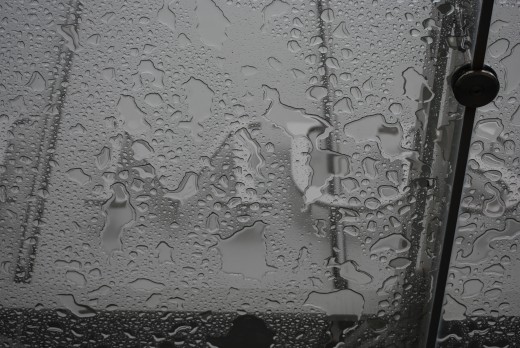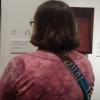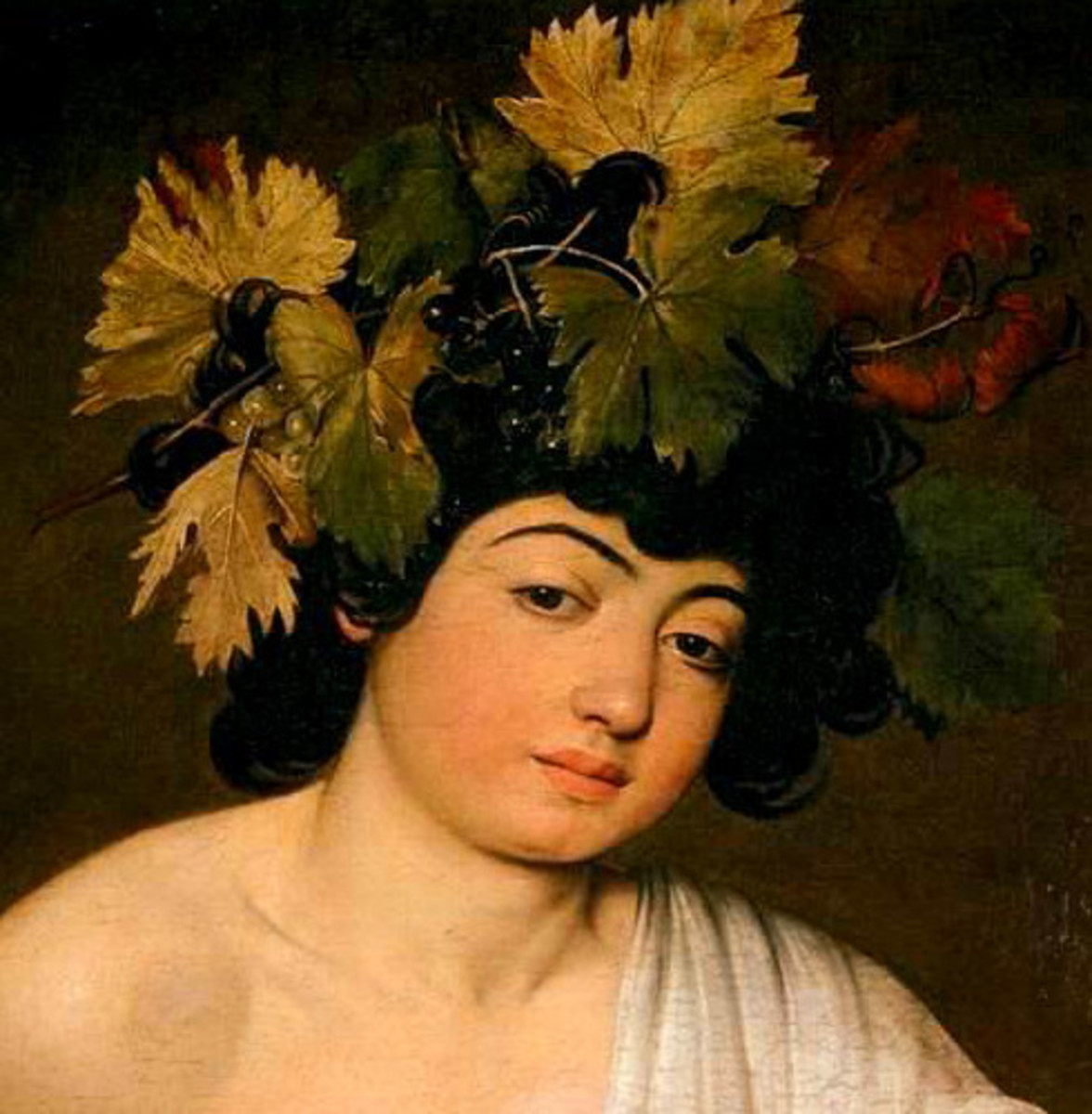High on the Dutch Golden Age

Introduction
Yet another review that took me a over a year to type. Thankfully, after reading this out loud to myself and to others (who gave criticism and advice on what to add and subtract) multiple times, I am ready to put this out to the public.
This exhibition felt very subdued compared to the other temporary (or traveling) shows I have seen at the High Museum of Art. I can't explain why, but that's how I felt when I saw the show for the first time. Accented by walls painted with a tasteful (dark, I think) color scheme, the show kept the art organized by subject. Displaying art from the 1600s to the 1700s, it started with landscapes, moved into still lifes, then genre, then Rembrandt, and then concluded with portraits. The portrait section would act as the transition to the main attraction known as The Girl with the Pearl Earring by Johannes Vermeer.
Main show
That's not to say the show felt wildly different from a typical temporary exhibition. As with any other big museum show I've seen, the High preceded the paintings with basic facts on the Dutch art scene and what influenced the members of its community. The first section revolved around landscapes rendered onto both large and small canvases.
Before I visited this show, I considered the French Impressionists masters of capturing clouds, but Dutch Baroque painters can hold their own equally well. Paulus Potter's Cattle in a Meadow (1652) created beautiful clouds with such a delicate, naturalist execution. Other paintings displayed at the High had varied depictions of the heavens. Using grey clouds and blue skies, Van Ruisdael (I don't remember if I intended to reference Jakob Van Ruisdael) had his landscapes dance with light and dark shadows while Jan Van Goyen continued the Dutch fascination with his paintings full of perpetually cloudy days.
Other painters did more than just look to the skies in their quest to make art. Salomon van Ruysdael's View of a Lake with Sailing Ships (1650-1651) depicts water and shadows with beautiful precision. However, I did notice some odd artistic license when depicting living beings. Such as Geert Berckheyde's depiction of moving horses in A Hunting Party (1690). Their poses felt very unnatural to me. On that note, the High had no problem pointing out any artist who were willing to change reality. Such as Jacob van Ruisdael's painting View of Haarlem with Bleaching Grounds. According to the text next to the work, Ruisdael's Haarlem never matched the Haarlem he saw in his day.
After the display of landscapes full of clouds and water came the section of still lifes full of food, books, candles, watches, and other symbols that represented prosperity and eventual death to the Dutch. Something to contemplate while looking at exquisitely rendered material goods. Since these paintings originated in the Baroque era, dramatic lighting acts as an omnipotent presence and calls the viewer's attention to the subjects painted on the canvas. A sparse background helps too. Rendered with great skill, painters gave dramatic flourishes and realistic renderings to objects. William Heda's Still Life with Lighted Candle (1627) showed reflections of the candle on a glass goblet. A reflection on dying in prosperity? His 1629 painting had the same goblet, only that object sat next to food. Abraham van Beyeren has food everywhere in his Banquet Still Life (1655). However, Flower Still Life with a Timepiece (1663-1665) used more lighting and had food lying about unpeeled and half eaten. Rather fickle to leave leftover food, yes? To compare to more contemporary times, advertisements often frame the food they promote with dramatic lighting and a sparse background. Granted, the paintings here were created as a cautionary tale against overdoing it while adverts wanted you to buy their goods. Furthermore, those kinds of adverts would not want food to look less than perfect. Such as the ripe fruit with faded leaves in Adriaen Coorte's Still Life with Five Apricots.
Only a few women artists make an appearance. Such as Rachel Ruysch and her Vase of Flowers (1700), a painting that puts dramatic lighting on the insects that crawl around the table and plants. Beyond those insects, the other living non-human in this section came from Carel Fabritius' The Goldfinch (1654).
And of course, the High had a section devoted to the normal, otherwise known as the Genre painting. Such as Jan Steen's As the Old Sing, So Twitter the Young. Feel free to laugh at this title and imagine Baroque era young people with Twitter accounts. My favorite from this section came from Emanuel de Witte's Interior of an Imaginary Catholic Church (1668). I loved the dark warm interior and shiny silver organ. Theatrical Catholicism originating from an otherwise dominant Protestant culture. Another good one? Gerard ter Borch's Woman Writing a Letter. I enjoyed the fine details devoted to the thick blanket found in the painting. Jan Steen created his own fine details in the ceramic and food found in The Oyster Eater. Some delved into Classical mythology, such as Jan Steen's The Sick Girl with Cupid. This would act as a transition to the room of Rembrandts. Rembrandt's portrait of Susanna felt very similar to his depiction of Bathsheba. I think I also saw a face obscured in the trees of that very painting.
This room also contained Franz Hals portraits. Such as his Portrait of Aletta Hanemans (1625). She wears a dress that makes her look pregnant, but his portrait of Jacob Olyan makes the man look as though he has a stomach. Govert Flinck's Girl by a High Chair (1640) had very stiff poses. Very odd, given the era's reputation for capturing movement.
The Main Attraction
Of course, Vermeer's The Girl with the Pearl Earring acts as the main reason this exhibit exists. Similar to Dali's The Persistence of Memory, she is small compared to her large, iconic stature. The High hung her up fairly high on the wall, obviously an attempt to dissuade people from trying to harm or steal her. Having seen her only in reproductions, her eyes and slightly open mouth left an impression on me. A professor of mine (I think, and from what I can remember) once described her as caught in the midst of turning her head to after hearing you come in. In person, I found myself awestruck by those inquisitive eyes, so full of life and intelligence.
What did she think about?
At the end of the show, the museum gave a quick history of Vermeer, Dutch science (the camera obscura, telescope and microscope), plus a whole room on the Mauritshuis building. A room that consisted mostly of walls that reproduced the building's architecture and texts that tell you all about the place.
Can you tell that I loved this exhibit?
High Museum of Art
- Home | High Museum of Art
With its renowned collection of classic and contemporary art and award-winning architecture by Richard Meier and Renzo Piano, the High Museum of Art has grown from its origins in a stately home on Peachtree Street to become the leading art museum in
The exhibition itself
- Girl with a Pearl Earring: Dutch Paintings from the Mauritshuis – High Museum of Art
A useful link, especially when you need reminders on how to spell "Mauritshuis". Update 10-10-2017: I had to renew the link because the High moved it to "Past Exhibitions". They got rid of the article. Strange.
- View of the Haarlem with Bleaching Grounds | The Frick Collection
Helpful link for when you need to make sure you correctly spelled the names of the artists you write about.
Addendum on Rachel Ruysch and other miscellaneous
My memory's not working with me, and I don't have my notes, but I don't remember other women artists.
I also apologize for the lack of outside links, dates, and titles of art I wrote about. I didn't write enough notes during my visit. There were paintings that I liked, but I decided not to bring them up because my notes were not very good, I didn't trust my memory, and I had to rely on research to jog it. When I ended doing some fact checking on titles I incorrectly wrote, I realized, "Let's leave it out."
Speaking of Dutch Baroque art and Commercial Photography (Update 1-10-18: The old link was gone, so I replaced it with a new one)
- David Bishop Photography | bio | 1
David Bishop is a professional photographer shooting fine art, food, beverage and still life. His studio is located in the TriBeca/City Hall neighborhood of Manhattan, NYC . Fine Art, Advertising, Packaging, Web, Promotion, Cookbooks, and Catalogs.
© 2014 Catherine






